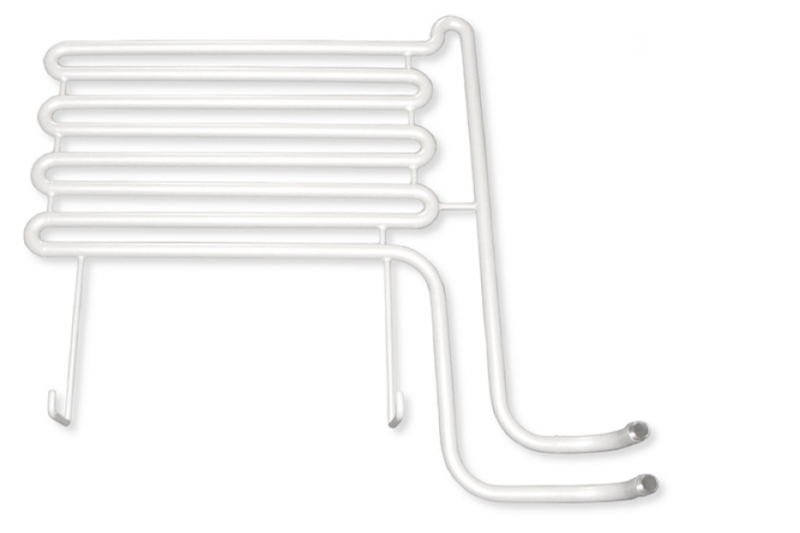Insulating and conducting coatings
Conducting coatings
In EX environments, sparks can create hazardous situations. By using a conducting or anti-static coating one can eliminate sources of ignition and avoid reactions or explosions. We apply coatings that conduct electrical currents and make sure that the coated components will not get electrically charged. In this way we avoid discharging which can lead to sparking.
Insulating coatings
The whole point of an insulating coating is that it does not conduct. Insulating coatings are widely used for corrosion protection. We apply these coatings using fluidized beds or by electrostatic powder coating. We check the protective layers using a test voltage of 9 volts per μm for potential cracks and wholes. That’s how we guarantee an optimum result.
Related coatings
Sectors
Frequently asked questions
The following insulating coatings are applied by Kersten:
- Rilsan®
- Resicoat®
- Halar®
- Various Fluoropolymers
- Abcite®
An insulating coating will not conduct electrical current. A standard test voltage used to check the insulation tightness of a coating is 9V / μm.
These coatings are mainly applied by fluidized bed coating and electrostatic powder spraying.
Insulating coatings are mainly used as corrosion protection.
A conductive coating is able to conduct electrical current. Therefor these coatings themselves cannot be statically charged and no sparks or discharges can occur.
The main conductive coatings are:
- Halar®. The black version is not only conductive, it also protects metals against a variety of chemicals. Due to the FDA approval this coating can also be used in the pharmaceutical or food industry. The non-stick properties of this coating are also good.
- Xylan®. In addition to a conductive surface this relatively thin coating also offers a surface with very good non-stick properties.
Conductive coatings are used in EX environments. In such environments sparks can cause a reaction or explosion.












